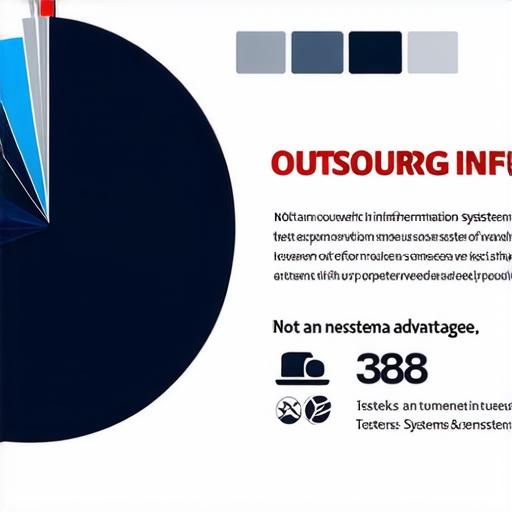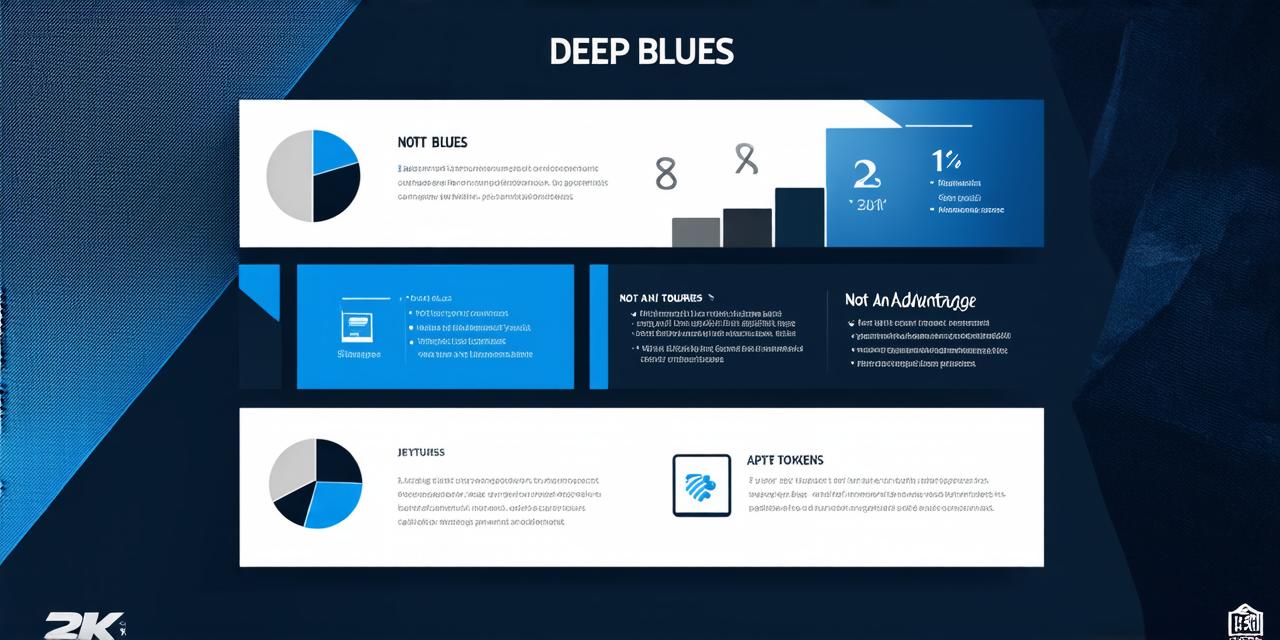Which of the following is not an advantage of outsourcing information systems?
BlogTable of Contents
Toggle1. Cost savings
One of the main advantages of outsourcing IT tasks is cost savings. By outsourcing to a third-party provider, companies can reduce their labor costs and overhead expenses associated with maintaining an in-house IT team. This can result in significant cost savings over time, allowing businesses to allocate more resources to other areas of their operations.
2. Expertise and experience
Another advantage of outsourcing information systems is access to expertise and experience. Third-party providers often have specialized knowledge and expertise in specific IT areas, such as cybersecurity or cloud computing. This can help businesses stay up to date with the latest technology trends and best practices, without having to invest in extensive training for their own employees.
3. Flexibility and scalability
Outsourcing information systems also offers flexibility and scalability. Third-party providers can quickly scale up or down to meet a business’s changing needs, allowing companies to respond more rapidly to market demands and changes in technology. This can help businesses stay agile and competitive, without having to invest in expensive hardware or infrastructure.
4. Risk management
By outsourcing IT tasks to a third-party provider, businesses can also manage risk more effectively. Third-party providers often have specialized expertise in areas such as cybersecurity or data privacy, which can help businesses protect themselves from potential threats and vulnerabilities. This can help mitigate the risk of data breaches or other security incidents, giving businesses greater peace of mind.
5. Improved productivity
Finally, outsourcing information systems can also improve productivity within a business. By freeing up internal IT teams to focus on more strategic tasks, such as innovation and digital transformation, companies can increase their overall efficiency and effectiveness. This can help businesses stay ahead of the competition and drive growth over time.
Case Studies: Real-life examples of outsourcing information systems
XYZ Corporation:
A global manufacturing company that outsourced its IT operations to a third-party provider in India. This allowed the company to reduce its labor costs and improve the quality of its IT operations, while also gaining access to expertise and experience in areas such as cloud computing and cybersecurity.
ABC Inc.:
A software development firm that outsourced its testing and QA operations to a third-party provider in Ukraine. This allowed the company to reduce its development costs and improve the quality of its software products, while also gaining access to specialized expertise in areas such as automation and testing tools.
DEF Corporation:
A healthcare provider that outsourced its IT infrastructure to a third-party provider in the United States. This allowed the company to improve its patient care operations and reduce costs associated with maintaining an in-house IT team, while also gaining access to expertise and experience in areas such as data privacy and security.
FAQs: Answering common questions about outsourcing information systems
Q: What types of IT tasks can be outsourced?
Any IT task that is not core to a company’s business can be outsourced, including software development, testing and QA, infrastructure management, cybersecurity, data privacy, and more.
Q: How do I choose the right third-party provider for my IT needs?
When choosing a third-party provider, it’s important to consider factors such as their expertise and experience, their reputation in the industry, their track record of delivering quality results, and their ability to meet your specific needs and requirements.

Q: What are the potential risks associated with outsourcing IT tasks?
While there are many advantages to outsourcing IT tasks, there are also some potential risks to consider, such as data breaches, security vulnerabilities, and cultural differences between a company’s internal team and the third-party provider. It’s important to carefully assess these risks and take appropriate mitigation measures to minimize their impact on the business.
